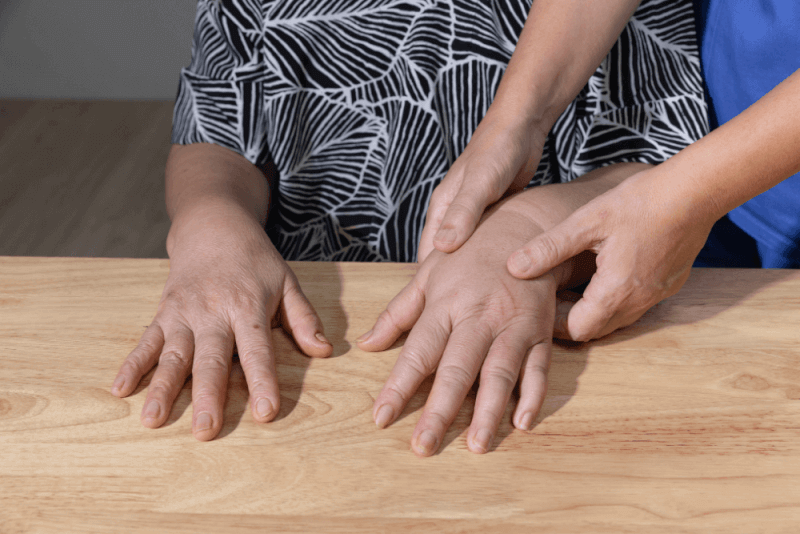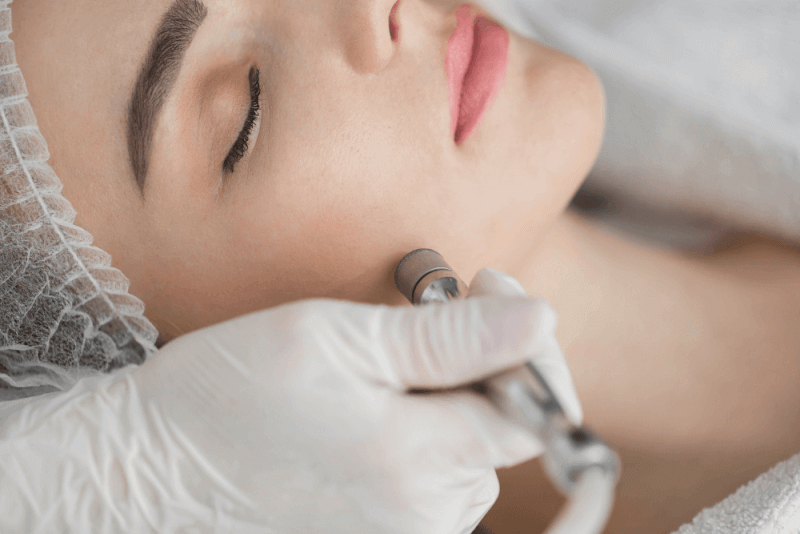30-Second Summary
- Bowen's disease is a very early stage of skin cancer where the cancer is still in the top layer of the skin and has not spread to deeper layers.
- Although it is generally not serious and there are treatment options, it should not be ignored.
- In most cases, it is caused by prolonged exposure to sunlight.
- Bowen's disease typically appears as a persistent patch with clearly defined edges on the skin. Some patients may develop multiple lesions.
What is Bowen's Disease?
Bowen's disease is a very early stage of skin cancer, where the cancer is still confined to the top layer of the skin. Therefore, it has not yet spread to deeper layers. Bowen's disease is also known as squamous cell carcinoma in situ. Squamous cells are the flat cells that make up the outer layer of the skin. "In situ" means that the cancer is localized and has not spread.
Although Bowen’s disease is not usually serious and there are various treatment options available, it should not be overlooked. This is because there is a risk it may progress into a more serious type of skin cancer and spread.
Causes of Bowen's Disease
Bowen’s disease starts in the epidermis, which is the outermost layer of the skin. In most cases, it is caused by prolonged exposure to sunlight. Some individuals are at a higher risk of developing Bowen’s disease. These include:
- People with a suppressed immune system
- Those exposed to arsenic
- People exposed to radiation
When Bowen’s disease appears in the mouth, genital, or anal area, it is often associated with the HPV virus. Additionally, many people with Bowen’s disease may also have other types of skin cancer, such as basal cell carcinoma.
Symptoms of Bowen's Disease
Bowen’s disease usually appears as a persistent patch on the skin with well-defined edges. In some cases, multiple lesions may be present. Characteristics of these patches include:
- Scaly or crusty
- Flat or raised
- Several centimeters wide
- Sometimes itchy, but not always
- Red or brown on light skin; may be difficult to see on darker skin tones
Treatment Methods for Bowen's Disease
Various treatment methods are available for Bowen's disease. These include:
Cryotherapy
This involves spraying liquid nitrogen on the affected area to freeze the abnormal tissue. The procedure can be painful and cause discomfort for a few days. The treated skin usually scabs and falls off within a few weeks.
Chemotherapy Cream
This cream is applied to the affected area for several weeks. It may cause redness and inflammation of the skin before healing occurs.
Curettage and Cauterization
Under local anesthesia, the affected skin is scraped off. Bleeding is stopped using heat or electricity to cauterize the area. The treated site typically scabs and sheds within a few weeks.
Photodynamic Therapy (PDT)
A light-sensitive cream is applied to the affected skin. After a few hours, a special light is used to destroy the abnormal cells. Treatment sessions usually last between 8 to 45 minutes. Multiple sessions may be necessary.
Surgery
The abnormal skin is surgically removed under local anesthesia, and the area is then stitched.
Post-Treatment Care
After treatment, follow-up appointments are necessary to determine whether further treatment is required.
If surgery was performed, stitches may need to be removed after 5 to 14 days, unless dissolvable sutures were used. If a dressing is applied, it should be changed regularly by a healthcare provider.
After treatment, patients should pay attention to the following:
- If an existing lesion starts to bleed, changes in appearance, or develops a lump, consult a doctor immediately — don’t wait for your follow-up.
- See a specialist if new skin lesions appear.
- Protect your skin from the sun.
Diagnosis Criteria for Bowen's Disease
To diagnose Bowen's disease, a thorough physical examination is performed initially. The characteristics of the lesion are carefully evaluated. In most cases, a biopsy is necessary to confirm the diagnosis definitively.
Risk Factors of Bowen's Disease
Bowen’s disease commonly affects individuals in their 60s and 70s. Risk factors that increase the likelihood of developing the disease include:
- Having fair skin
- Using tanning beds
- Prolonged sun exposure
- Having a weakened immune system due to conditions such as organ transplantation or AIDS
Bowen’s disease is not inherited, meaning it does not run in families.
Where Does Bowen’s Disease Appear?
Bowen’s disease can occur on any area of the body where there is epidermis (the outermost layer of skin). It most frequently appears in areas exposed to the sun. These commonly affected areas include:
- Head
- Neck
- Trunk
- Arms
- Legs
Due to HPV infection, it may also appear in the following areas:
- Mouth
- Anus
- Genital region







